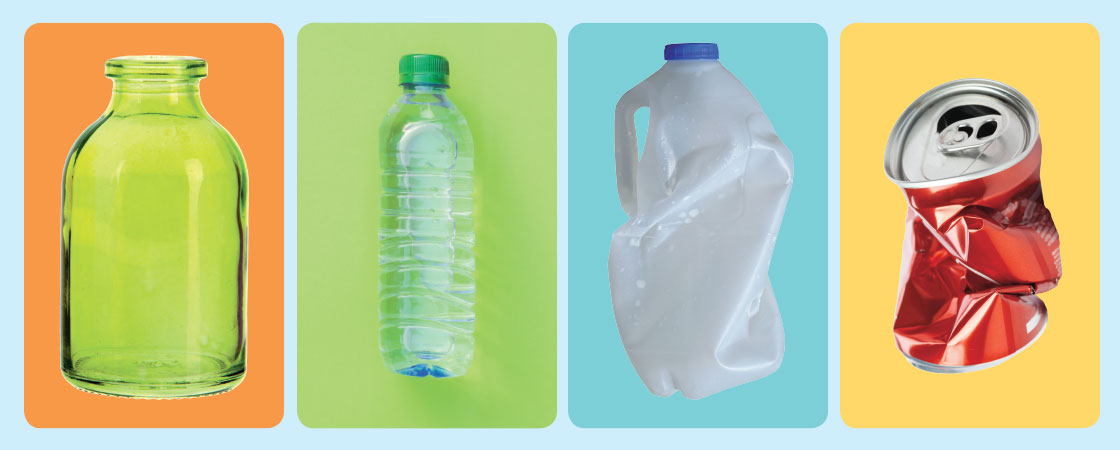Shutterstock.com
The U.S. produces nearly 300 million tons of trash each year. So what happens to all that garbage?
About half of it ends up in landfills, where it will sit for centuries, giving off harmful gases as it slowly degrades. A lot of trash also ends up in lakes and rivers, on beaches, and out in the ocean, where it can harm plants and animals.
Recycling helps keep a lot of waste out of landfills and places where it can cause harm. Cardboard and paper typically go to a paper mill. There, they get made into new paper products—like cereal boxes and notebooks. Plastic, glass, and metal go to a separate facility where giant machines crush or melt them so that they can be used for new items—like soda bottles and tuna fish cans.
Today, in most places in the U.S., you can leave your recyclables—your milk cartons and yogurt cups and mac ‘n’ cheese boxes—outside on the curb and the city will pick them up and recycle them for you. But 10 states also have what are known as “bottle bills.” In these states, everyone pays more—an extra 2 to 15 cents per bottle or can—for certain drinks. If you turn the empty bottles and cans in for recycling (by taking them to a redemption center or putting them into what’s known as a reverse vending machine), you get that money back.
These bottle bills have sparked a debate: Should we get paid to recycle? Or should doing the right thing be reward enough?

